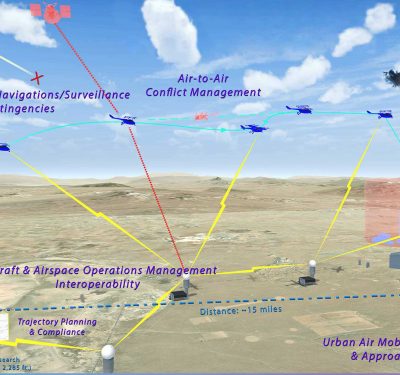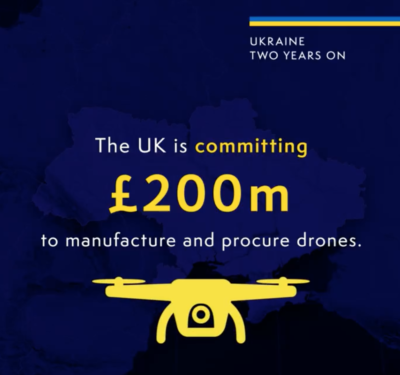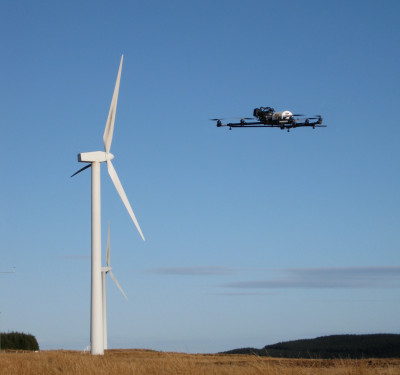PrecisionHawk, Harris, DigitalGlobe and Verizon recently completed initial testing of airspace services, a solution designed to make it safer to integrate unmanned aerial systems into the National Airspace.
The companies integrated various technologies for this solution, including Verizon’s LTE network, Harris’ ADS-B network, DigitalGlobe’s Geospatial Big Data Platform and PrecisionHawk’s LATAS (Low Altitude Traffic and Airspace Safety) platform, according to a news release. Assessment of this ecosystem is taking place through the FAA Pathfinder program and the NASA UTM project.
“We are leveraging satellite-derived information to create consistent information and analytics for safe drone flights,” said Dr. Shay Har-Noy, DigitalGlobe’s Senior Director of Geospatial Big Data, according to the release. “This is a significant collaboration that represents a huge step forward for the FAA and the safety and well-being of the American public.”
LTE networks potentially can allow UAS to deliver sensor data for processing, analysis and decision making mid-flight, as well as receive command-and-control inputs in real time, said David Famolari, Director, Verizon Ventures, according to the release. This helps to make the airspace safer for both manned and unmanned aircraft.
PrecisionHawk’s LATAS platform operates over LTE and through satellites, according to the release, and connects airspace safety technologies such as dynamic geofencing, detect and avoid and aircraft tracking, providing safety as a service for the UAS industry. By using the existing infrastructure of Verizon cell towers, LATAS is scalable for UAS operating throughout the U.S.
LATAS will use DigitalGlobe’s Geospatial Big Data Platform to enable UAS to identify and avoid obstacles, including buildings and cable lines, according to the release.
The Nationwide Automatic Dependent Surveillance-Broadcast (ADS-B) ground station deployment by Harris is the cornerstone of the FAA’s NextGen surveillance initiative, according to the release, which is designed to improve the quality, accuracy and reliability of flight tracking data throughout the National Airspace System. The data is a synthesis of all FAA system derived aircraft surveillance data available in the U.S. National Airspace System.
This collaboration between PrecisionHawk, Verizon, DigitalGlobe, and Harris can provide the industry with an integrated, complete solution to safely manage UAS traffic, according to the release. The companies will continue to test this ecosystem and bring on other partners to further expand its capabilities.
“With this collaboration, the innovation of the tech community is addressing the timely need for a safety services to accelerate drone integration,” said Tyler Collins, Director of LATAS at PrecisionHawk, according to the release. “Verizon, Harris and DigitalGlobe bring technology components, expertise and credibility that are critical to the success of this ecosystem. We look forward to expanding testing through the FAA Pathfinder and NASA UTM programs in 2015.”






